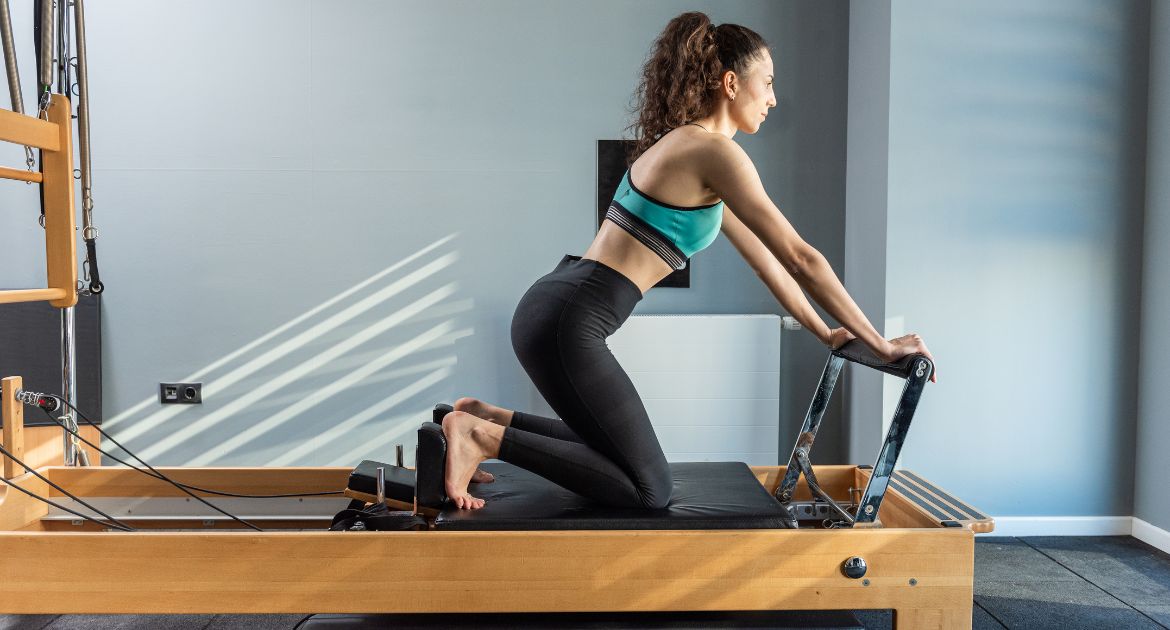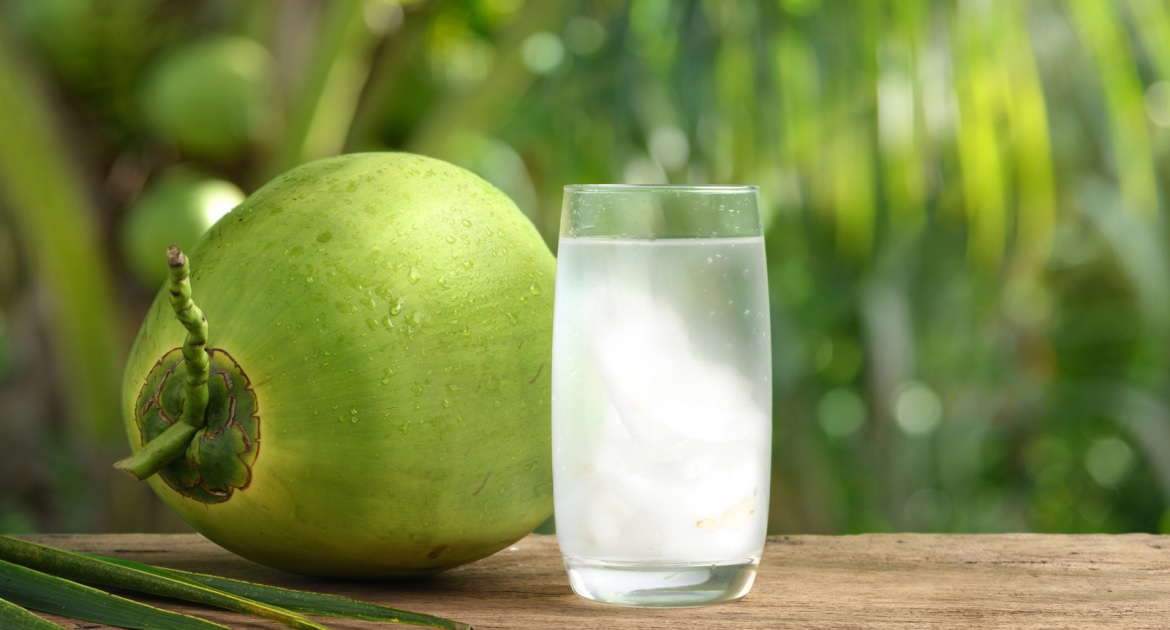What is Pilates?
Pilates is a type of exercise that focuses on strengthening muscles, improving posture, and increasing flexibility. It is a low-impact workout that typically lasts 45 minutes to an hour.
Pilates is a form of exercise that focuses on slow and controlled movements and breath control. It is known for its emphasis on core strength and flexibility.
Pilates is a form of exercise that primarily targets the core muscles. While many Pilates move to focus on the abdominal muscles, it is to note that the core includes the entire trunk, including the abdominals, hips, inner and outer thighs, and back. In addition to core work, Pilates instructors often incorporate exercises that engage the arms, glutes, and lower legs, providing a full-body workout. So when you do Pilates, you can expect to work multiple muscle groups and achieve overall strength and flexibility.
Pilates, originally known as "Contrology," is a form of exercise that focuses on the entire body and aims to enhance daily activities and overall well-being.
Pilates is a form of exercise that focuses on developing core strength. The ultimate goal of Pilates is to use that core strength to improve overall movement patterns and promote functional and sustainable movement throughout the body.
Pilates is a form of exercise that focuses on aligning and strengthening the body's structure and supporting its joints. While it may seem simple, Pilates can be deceptively challenging and highly effective when performed with proper form and technique. It also helps in refining neuromuscular patterns for optimal physical fitness.
Pilates is a form of exercise that focuses on building strength, mobility, and flexibility in a balanced and nonrigid way. It helps individuals move and breathe more freely and powerfully in their daily activities, reducing pain and improving overall quality of life. Originally known as "Contrology," Pilates is a holistic approach to exercise that aims to enhance daily functioning and well-being.
Pilates is a form of exercise that focuses on building strength, flexibility, and mobility. Unlike traditional strength training, Pilates emphasizes fluid movements and controlled breathing to improve overall body function. By practicing Pilates regularly, individuals can experience increased freedom of movement, enhanced power, and reduced pain in their daily activities.
History Pilates
Joseph Pilates, the creator of Pilates, was born in Germany. He was influenced by his father, who was a gymnast, and his mother, who was a naturopath.
The history of Pilates dates back to the early 20th century when Joseph Pilates developed a system of exercises while he was interned during World War I. He believed in the connection between mental and physical health and aimed to strengthen both through his method. Over four years, he refined and developed his exercises, working with his fellow internees.
The history of Pilates is closely tied to the development of specialized equipment known as "apparatus". These apparatus were created by Joseph Pilates himself and were intended to enhance the effectiveness of his method. By incorporating these tools into his practice, Pilates aimed to facilitate stretching, strengthen the body, improve alignment, and enhance core strength.
Benefits of Pilates
Pilates has been extensively studied for potential health benefits, although the research can sometimes be conflicting. There is significant evidence supporting the positive effects of Pilates on various health conditions and individuals.
It is important to note that many studies have limited sample sizes and short durations. Therefore, further research is needed to fully understand the long-term benefits of Pilates.
Similar to yoga and other intentional movement exercises, Pilates offers potential benefits with minimal risk, making it worth a try. Ultimately, the most important factor is whether or not you enjoy Pilates and how it positively impacts your overall well-being.
Pain Relief
Pilates offers both therapeutic and preventive benefits when it comes to pain relief. Whether recovering from an injury or dealing with a chronic musculoskeletal issue, Pilates can aid rehabilitation and management. Additionally, practicing Pilates can help establish a strong foundation of strength and flexibility, making it easier to recover quickly from future injuries or issues.
Pilates has been recognized for its effectiveness in alleviating lower back pain. Studies conducted in 2015 and 2020 have shown positive results in using Pilates as a method of pain relief. Pilates not only targets tight muscles but also addresses issues such as misalignment and lack of core strength, which are common contributors to lower back pain.
Having proper alignment not only improves your posture but also strengthens your stride, making it easier to engage in physical activity and reducing the risk of falls.
Core strength
Building core strength is a key focus of Pilates, making it an effective workout. While many people associate the core with the abdomen, it encompasses a larger area. It is more accurate to think of the core as the trunk of your body. Pilates exercises target and strengthen the muscles in this entire area, leading to improved stability, posture, and overall strength.
When we talk about core strength, we're not just referring to the muscles in your stomach area. It also includes the muscles in your sides, lower back, buttocks, and hips. All of these muscles work together to provide stability and support for your body.
The strength of your core has a significant impact on the overall functioning and stability of your body.
Posture
Maintaining good posture is important for various aspects of your life, and a strong, and aligned core can contribute to achieving this. Although it may seem like a minor adjustment, improving your posture can have significant positive effects on your overall well-being.
Maintaining good posture is crucial for the health of your body. When you slouch and hunch, you put unnecessary pressure on your lower back, which can lead to discomfort and pain. Additionally, poor posture can affect your breathing and digestion. Relaxing and strengthening muscles can alleviate these issues and promote overall well-being.
Flexibility is a benefit of practicing Pilates. The stretching exercises in Pilates help to improve flexibility, allowing you to engage in a range of activities. Not only does increased flexibility help to prevent injuries, but it also promotes muscle relaxation and helps to maintain mobility and range of motion as you age.
Balance and coordination
Balance and coordination go hand in hand when it comes to physical fitness. Having a strong core is essential for maintaining balance and stability in our movements. When our core is weak or misaligned, it becomes difficult to find our center of gravity, increasing the risk of injury, especially during activities that require coordination. Pilates, a form of exercise that focuses on strengthening the core, can help improve balance and make it easier to maintain stability in various movements. By strengthening the core, Pilates can enhance balance and coordination, leading to better overall physical performance.
When you work on improving your balance and coordination, you also enhance your proprioception, which is your ability to sense the position and movement of your body. This leads to better control and stability in your movements, reducing the likelihood of falls or other mishaps.
Body awareness
Body awareness is a main aspect of Pilates, similar to practices like meditation and yoga. By focusing on your body and breath, you develop a deeper understanding of your physical self. This includes recognizing your strongest muscles and how they compensate for weaker ones, identifying areas of tension, and discovering what makes you feel your best. This heightened awareness allows you to better interpret the signals your body sends you daily.
Breath control
Breath control is an integral part of Pilates, similar to yoga and other mindfulness practices. It involves being mindful of your breath and intentionally controlling it. It helps in improving flexibility and performance but also has a positive impact on reducing stress. Incorporating the breath control techniques learned in Pilates into your daily life can enhance your ability to handle challenging situations and emotions.
Mental health and well-being
The positive impact of exercise on mental health and well-being is widely recognized and supported by research.
Pilates is a form of exercise that can have positive effects on mental health and well-being. Although it may not be as intense as other workouts, Pilates still provides cardiovascular benefits and combines strength training with deep stretching. It is important to note that Pilates should be seen as a complement to any existing mental health rather than a replacement for it.
Check out the latest Easy way to start Meditation and Health benefits of Coconut Water and how it work actively in your daily routine.






-min.jpg)




